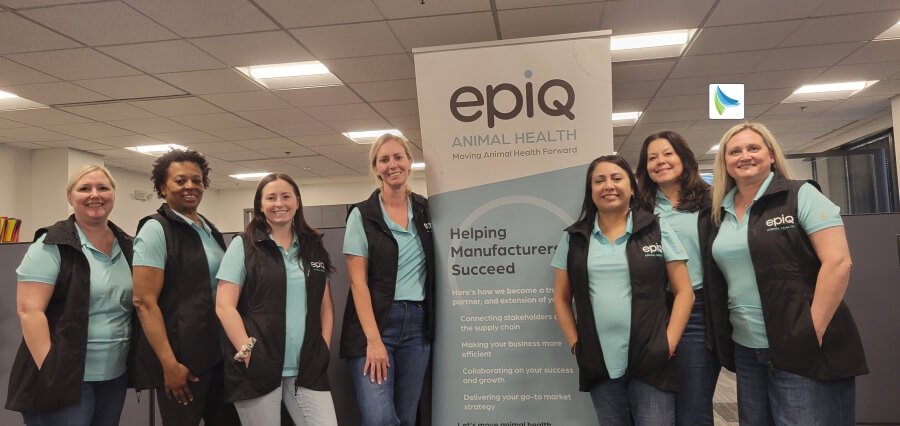In today’s fast-paced and innovation-oriented world, organizations are finding the importance of creating cultures in which employees feel safe to report issues, speak up with new ideas, and try out risk-taking without fear of retaliation. The concept, known as psychological safety, is emerging as a foundation for strong organizational culture.
When psychological safety becomes part of the fabric of an organization, it builds trust, fosters cooperation, and frees up creativity — all the key ingredients for long-term success.
What is Psychological Safety?
Psychological safety, as coined by Harvard Business School professor Amy Edmondson, is a shared feeling among team members that the team is safe for interpersonal risk-taking. It’s about having a culture in which employees feel comfortable talking freely without fear of embarrassment, rejection, or penalty.
Compared to physical safety, which has the primary focus of preventing harm to the body, psychological safety is concerned with intellectual and emotional well-being. It is at work especially in cultures that need collaboration, experimentation, and adaptability — all of which are becoming more and more characteristic of high-performing organizational culture.
The Link Between Psychological Safety and Organizational Culture
Organizational culture is the common norms, values, and behaviors shared by an organization that determine how things are accomplished within it. Organizational culture decides with whom people interact, how decisions are taken, and how one measures success. When psychological safety is the priority, it essentially redefines this culture from the ground up.
Where psychological safety exists within an organization, the workers will be more likely to speak up, propose changes, and claim responsibility for errors. These things, though normally risky where there is a more closed environment, are of supreme value if betterment and improvement are to continue happening. To be a culture that embraces such openness is to send a message that the company believes in learning over blame, growth over perfection — signs of an open-ended organizational culture.
Creating Open Communication
Facilitating psychological safety at its core is open communication. Through actively seeking out feedback from all members of a team, no matter rank or seniority, leaders project clearly that every voice matters. This sense of inclusion can become an attribute of an organisation’s culture that filters right through the company, promoting a sense of belonging and respect.
In addition to these advantages, open communication also allows for blind spots to be identified, and problems solved before they have a chance to become deeply entrenched. It invites varied opinions, which are constructed to drive innovation. When working in a psychologically safe environment, teams will be more inclined to have constructive disagreements and arguments, which a key force for creating comprehensive solutions.
Psychological Safety Increases Engagement and Performance
Employee engagement is inextricably connected to how safe an individual feels at work. Study after study confirms that there is a link between psychological safety and greater engagement, greater commitment, and improved job performance. When an individual feels safe, they will be more likely to bring their whole self to work, which equates to more creativity and productivity.
Not only is a high-engagement organizational culture good for morale—it has concrete business implications. Companies with strong cultures grounded in psychological safety experience lower turnover, higher customer satisfaction, and improved financial performance.
Leadership’s Role in Fostering Safety
Leadership plays a key role in building psychological safety and organizational culture. Their behavior establishes the parameters of what is and isn’t acceptable. Leaders who have led by example — acknowledging mistakes, seeking feedback, and being receptive to criticism — demonstrate to their employees that it’s okay to do the same.
Fostering psychological safety takes more than good intentions. It’s a thoughtful process: actively listening, appreciating others’ opinions, and systematically providing space for conversation. Leadership development and ongoing feedback loops are the critical levers to engraft such habits in the overall culture.
From Fear to Trust: A Cultural Transformation
One of the greatest ways that psychological safety changes the culture of the organization is by changing it from a fear culture to a culture of trust. In fear cultures, workers will be more likely to be silent, go along with things, and conceal mistakes. This suppresses innovation and makes progress sluggish.
Conversely, trust cultures empower people to be initiative-takers, experiment, and speak out new ideas — without fear of reprisals. This yields not only improved performance but also more resilient teams, as they learn to wade through trouble and emerge from it stronger.
Embedding Psychological Safety into Organizational Practices
In order to make psychological safety an enduring organizational culture, businesses need to institutionalize it within their systems and procedures. Performance reviews, team evaluations, onboarding processes, and employee surveys need to demonstrate and nurture values supportive of safety and transparency.
Also, rewarding and recognizing behaviors that support psychological safety — such as speaking up, giving constructive feedback, and working together to solve problems — can make these norms stick. Eventually, they become self-perpetuating elements of the culture, embraced not just by leadership but by all members of the organization.
Final Thoughts
Psychological safety is not a trend — it’s a force that can rewire the rules on how a business works. By creating a space where people feel safe being themselves, pushing against the norm, and trying things without worrying about not working, businesses can create a more innovative, energized, and resilient team.
Even more significantly, once psychological safety is embedded in an organization’s DNA, it not only raises team interactions — it rebuilds the entire foundation of the organizational culture. And in an era when adaptability and authenticity are further up the priority list than ever before, that cultural shift can be the greatest competitive advantage.
Read Also : Mirko Colombo: Pioneer in Science-Driven Health Optimization & Performance Coaching
















